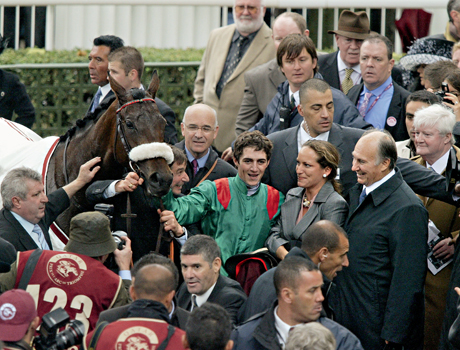-
1904
The late
Aga Khan III
-
1921
Early purchases
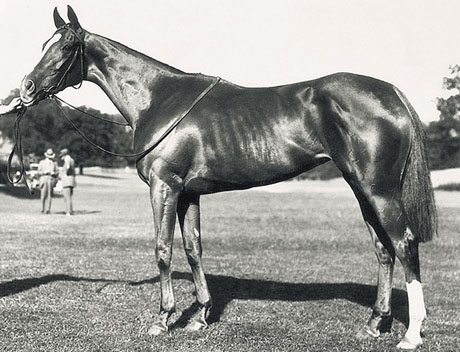
-
1922
Mumtaz Mahal

-
1924
First owner's title
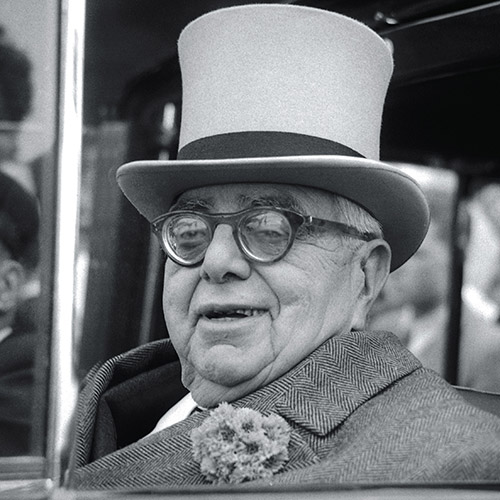
-
1930
Champion stakes success
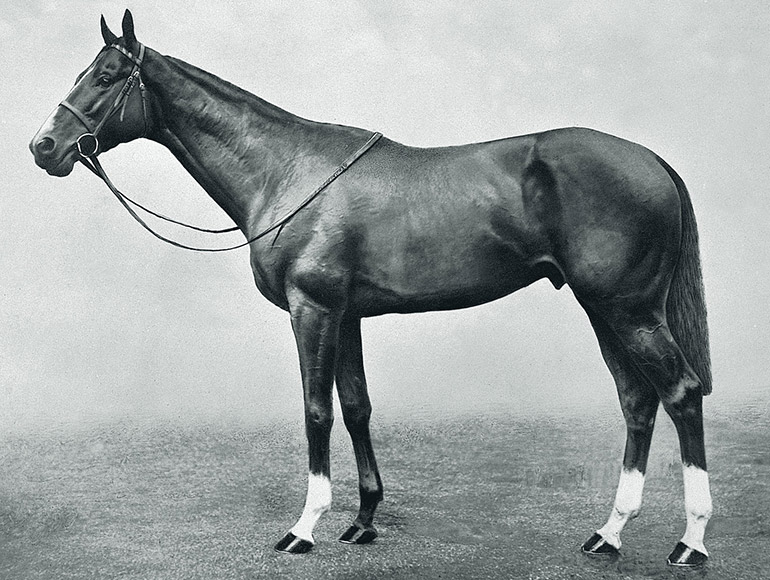
First Epsom Derby
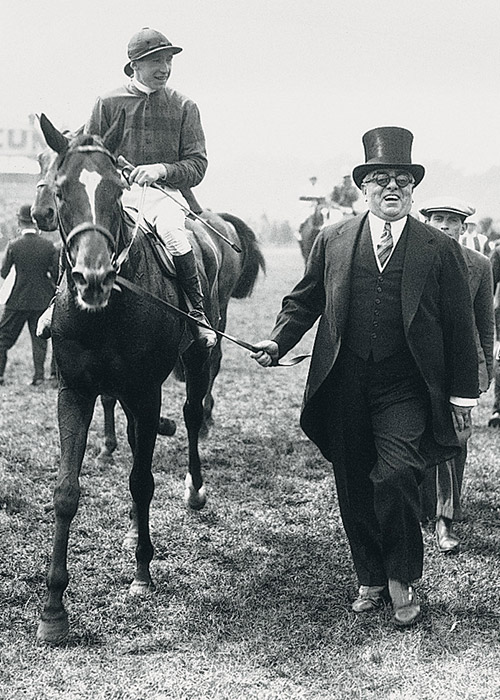
-
1935
Triple Crown
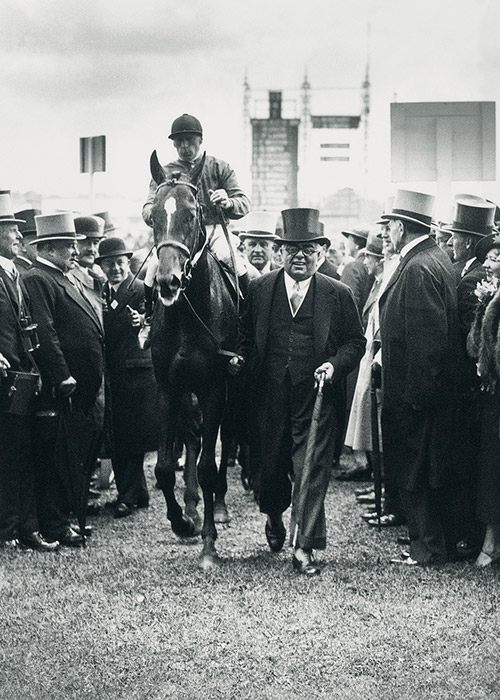
-
1936
Mahmoud
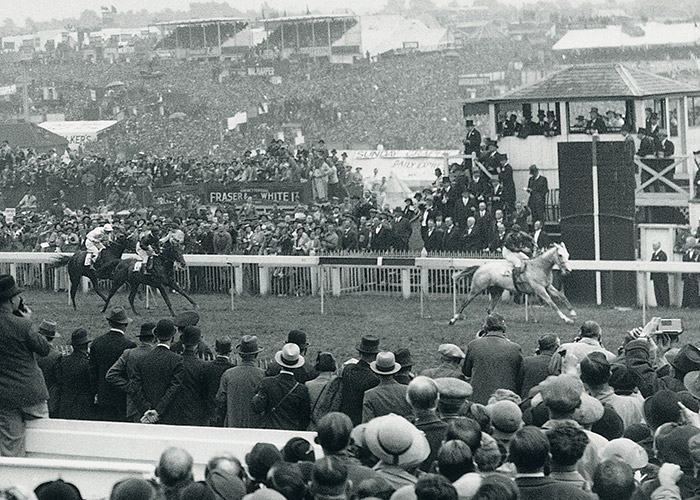
-
1941
Blenheim
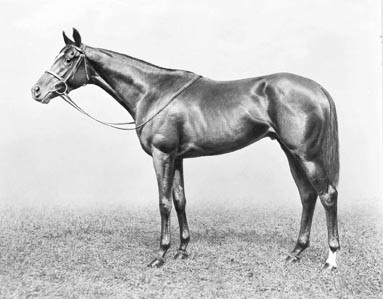
-
1946
Mahmoud
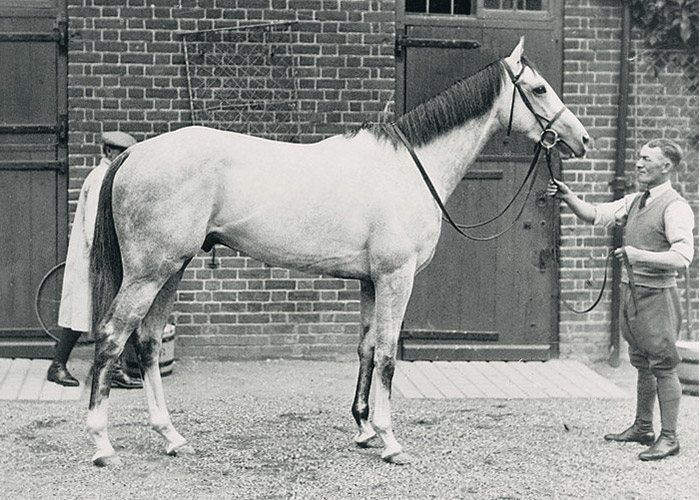
-
1952
Tulyar
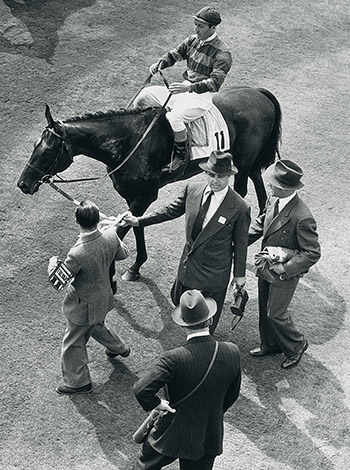
-
1957
Prince Aly Khan
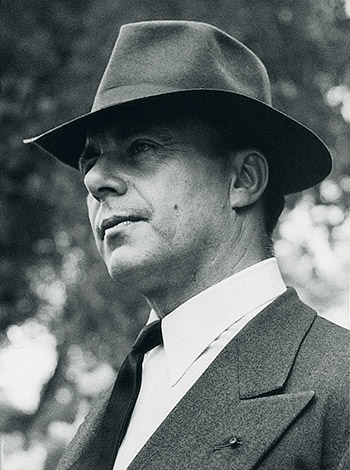
-
1959
Petite Etoile
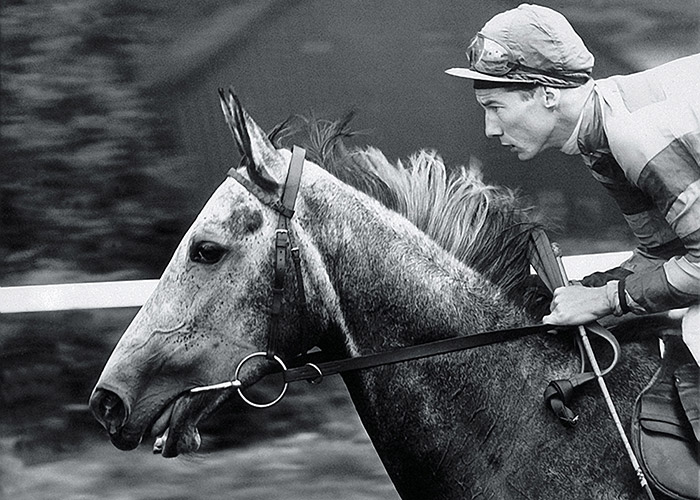
-
1960
The Aga Khan
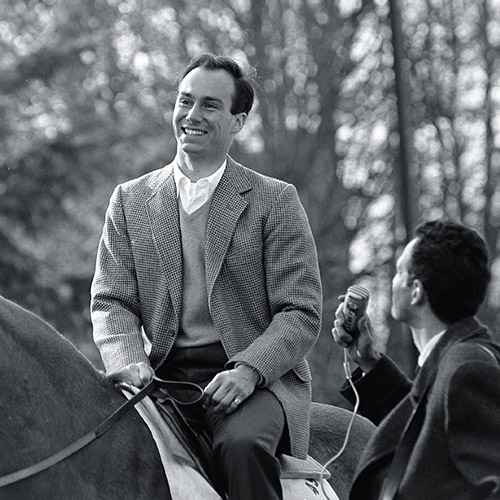
-
1964
New partnership
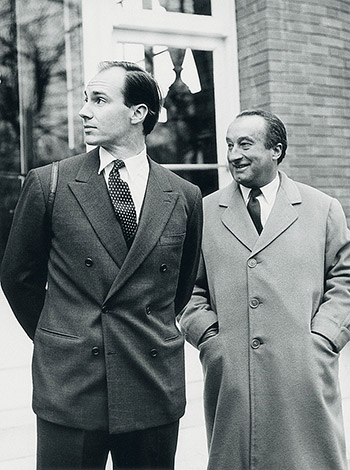
-
1968
Zeddaan

-
1976
Blushing Groom
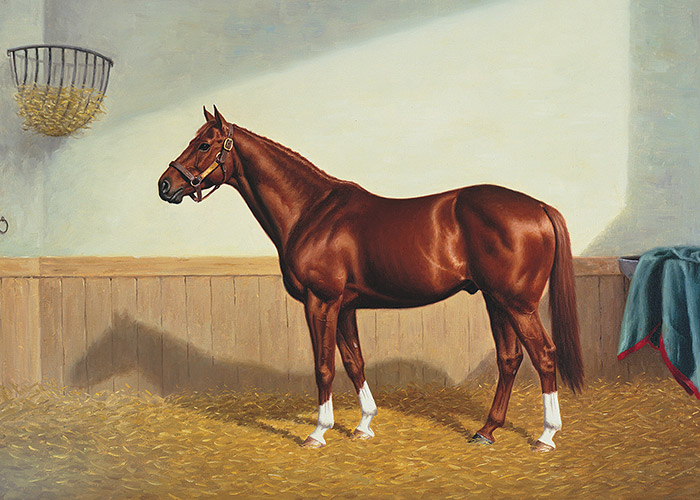
-
1977
Dupré bloodstock
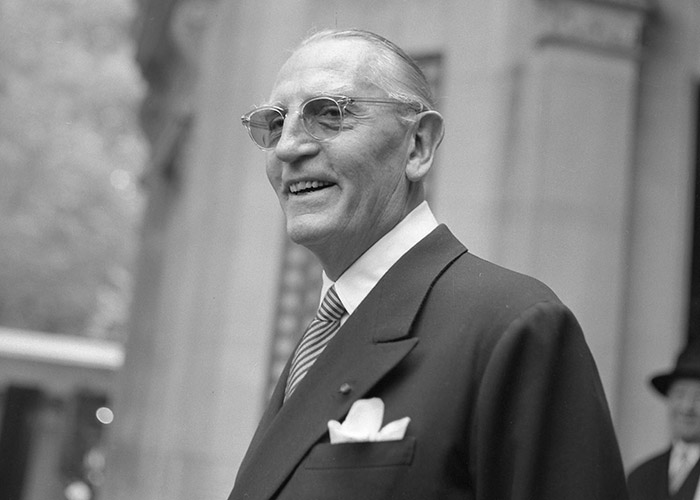
-
1978
Boussac bloodstock
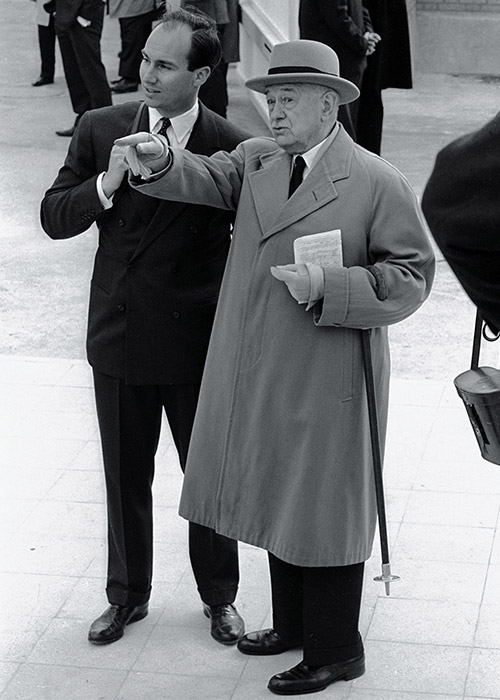
-
1981
Shergar
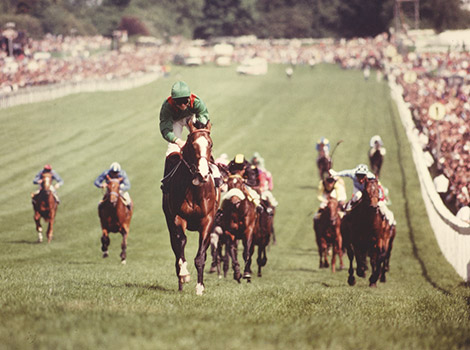
-
1982
Akiyda
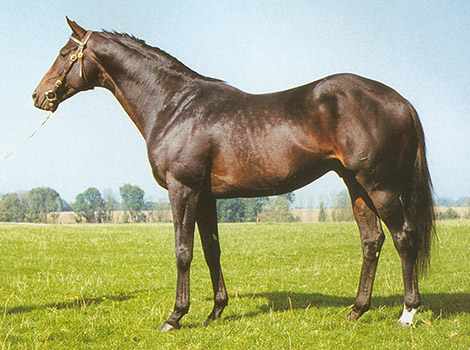
-
1984
Darshaan's jockey club
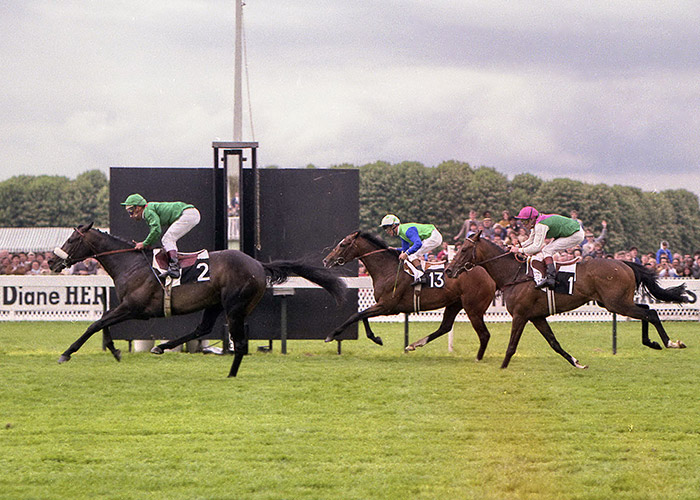
-
1986
Shahrastani

-
1987
Natroun
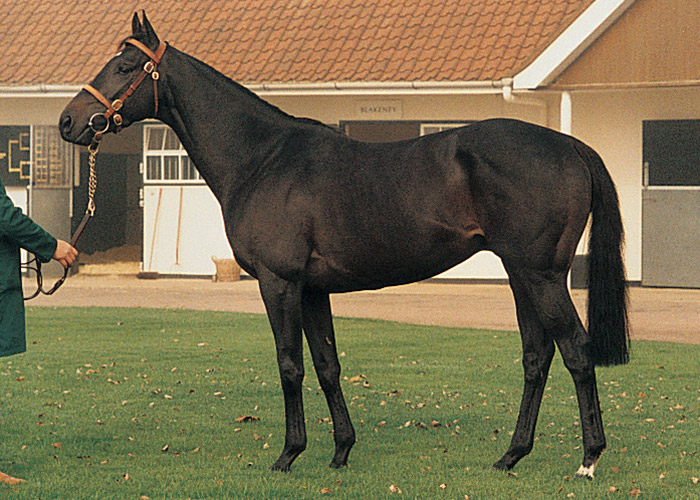
-
1988
Kahyasi
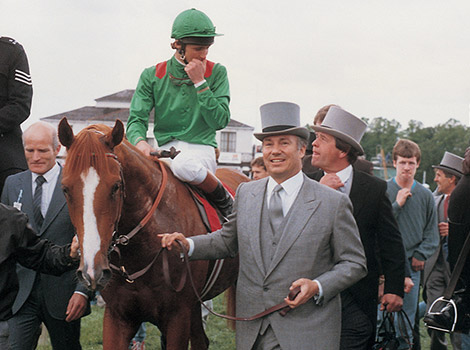
-
1993
Shemaka
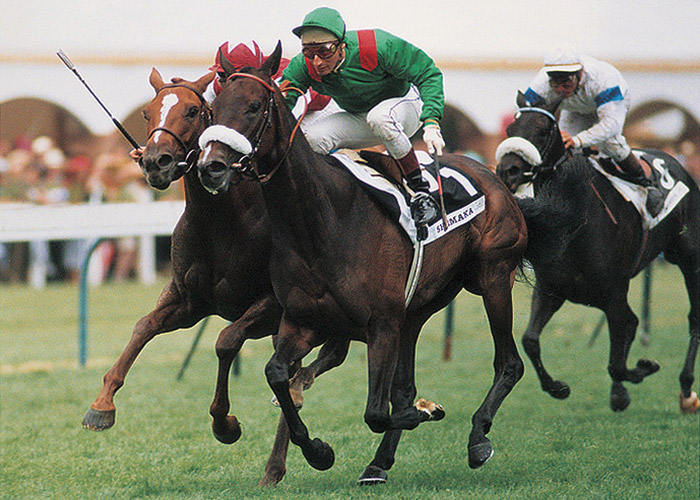
-
1996
His Highness the Aga Khan
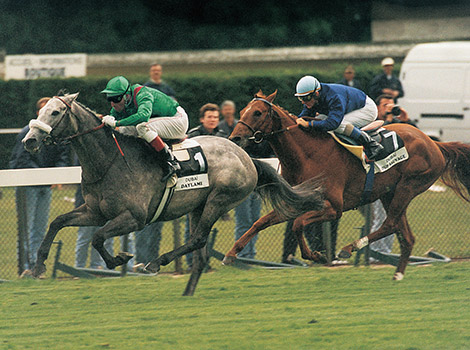
-
1997
Jubilee year: Daylami emerges
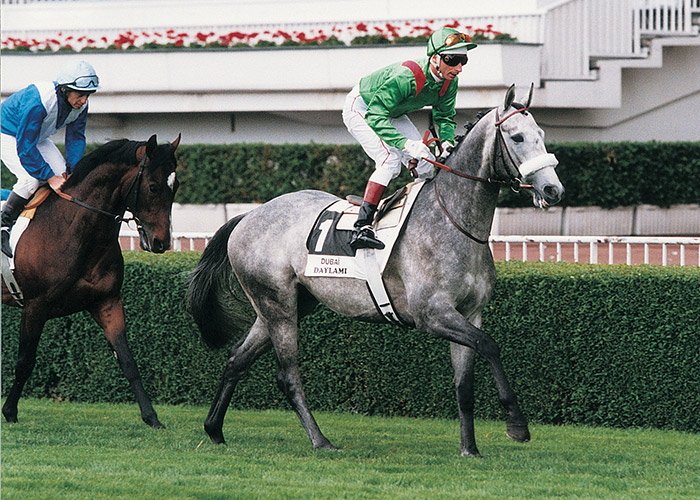
-
1999
Daryaba
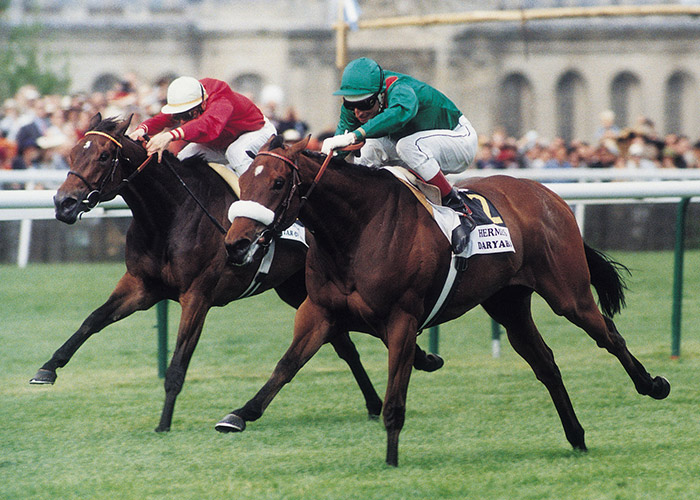
-
2000
Sinndar
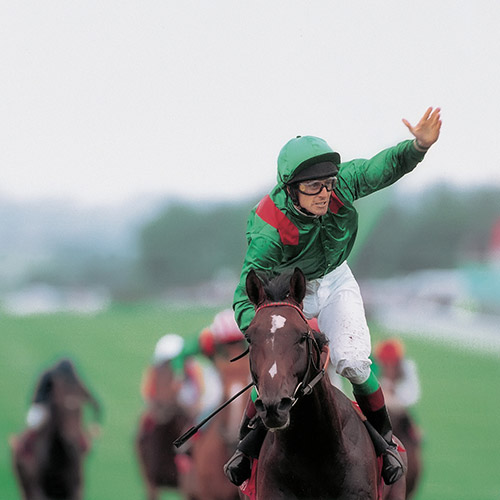
-
2003
Dalakhani
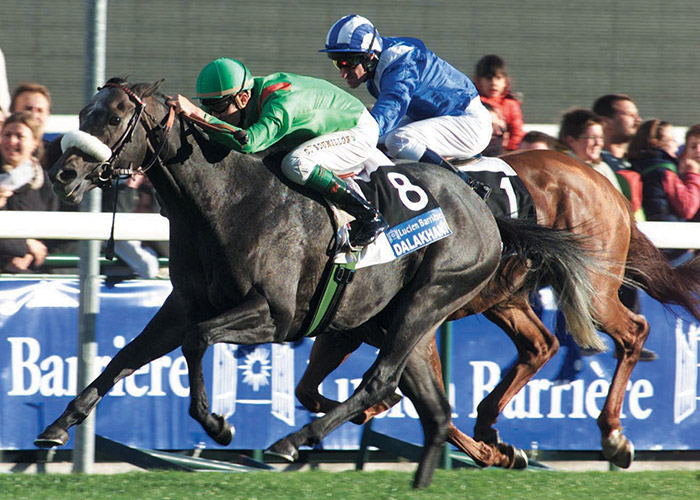
-
2004
Azamour

-
2005
Lagardère purchase
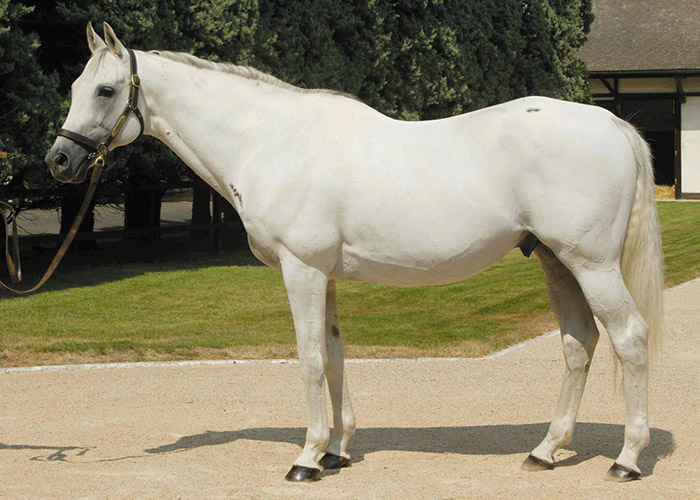
-
2007
Darjina

-
2008
Zarkava

-
2009
The Arc week-end
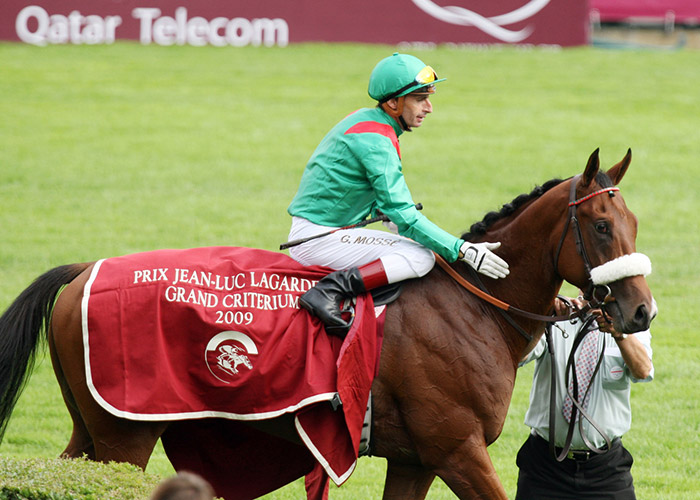
-
2010
Sea The Stars
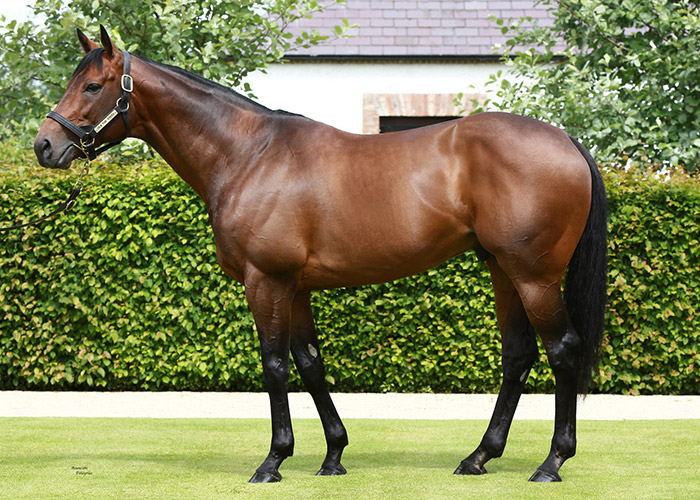
Sarafina
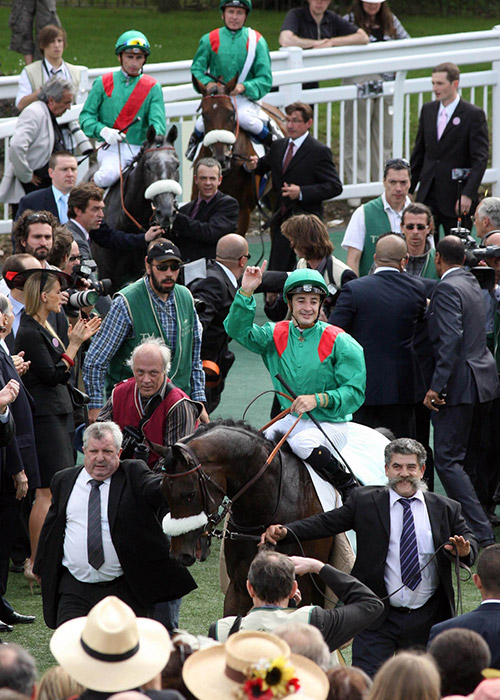
-
2012
Valyra
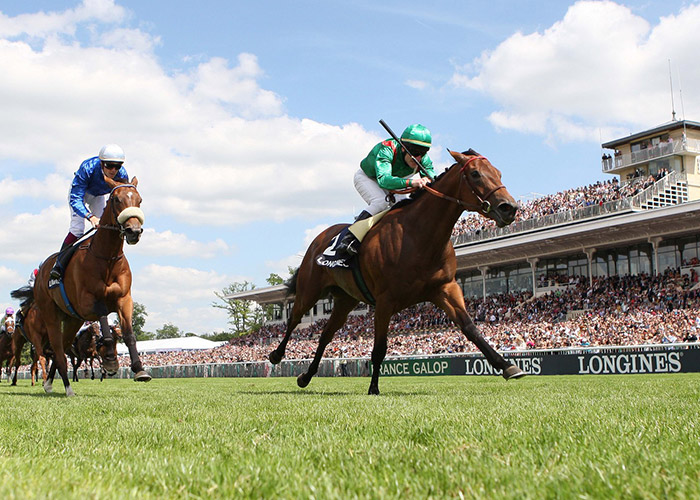
-
2013
Redoute's Choice
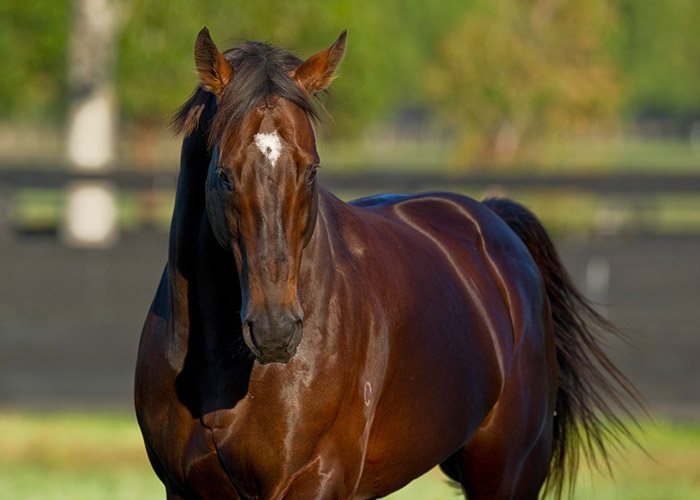
-
2014
Classic first crop
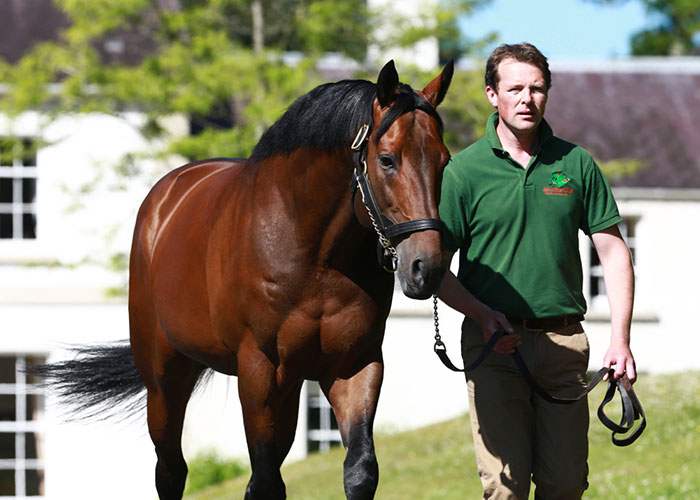
-
2015
A classic start for Siyouni

New partnerships

-
2016
Derby glory

-
2017
150th Group 1
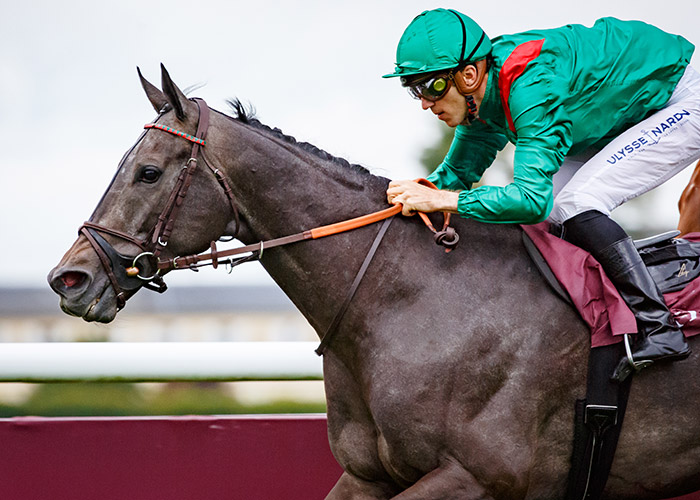
-
2018
Zarak
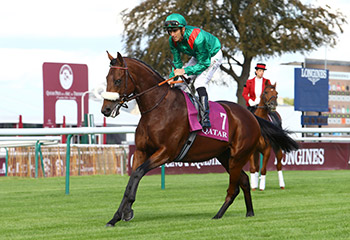
-
2019
The Curragh
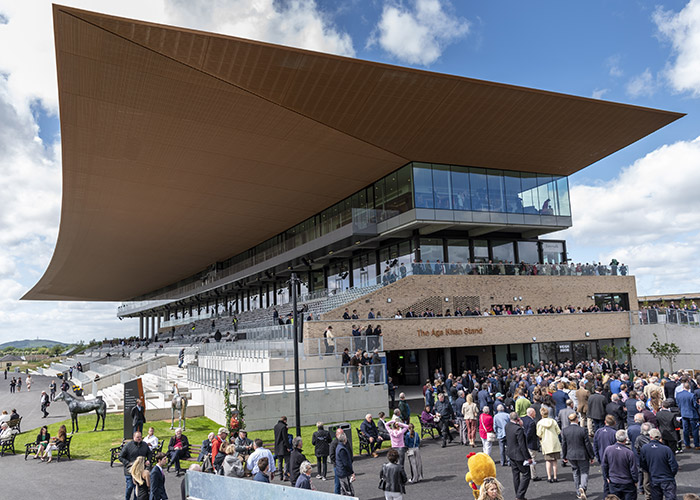
-
2020
Tarnawa
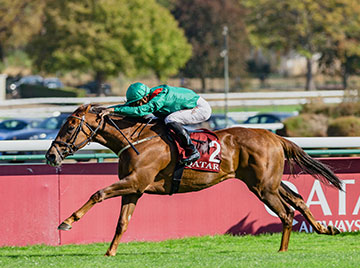
-
2022
Vadeni success celebrates centenary

-
2025
His Highness the Aga Khan IV - 1936 to 2025
